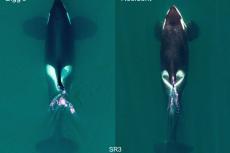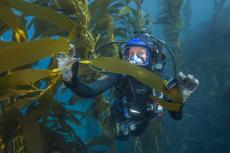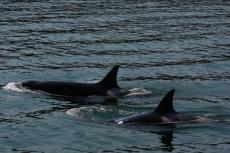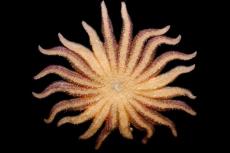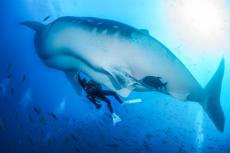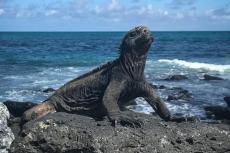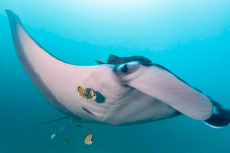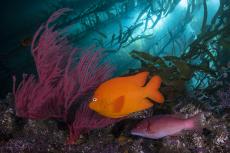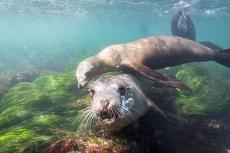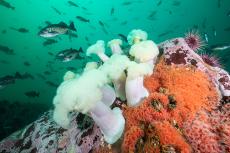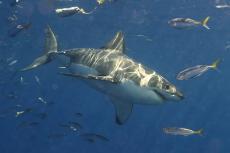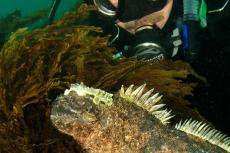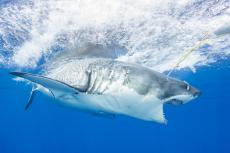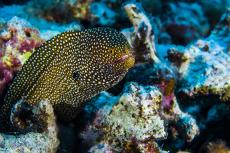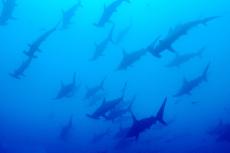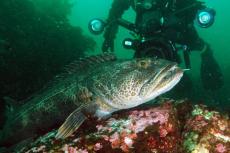Kelp Forests Flourished Off US Pacific Coast as Early as 32 Million Years Ago
A study by the University of California, Berkeley, has shown that these underwater ecosystems have been a part of the ocean landscape for much longer than the scientific community once thought.
Ground-breaking research has revealed that Pacific kelp forests are much older than previously thought, reshaping our knowledge of marine ecosystems.
Originally thought to be a relatively recent occurrence in ocean history, kelp forests are now considered ancient entities, with origins dating back millions of years. This revelation comes from the analysis of fossil records and advances in dating techniques, allowing scientists to peer back through time.
Cradle of biodiversity
Kelp forests are not only remarkable for their age, but also for their role as cradles of biodiversity. These lush underwater forests provide shelter, food and breeding grounds for countless marine species. Their longevity suggests that they have supported diverse life forms for much longer, playing a crucial role in the evolution and sustenance of marine life as we know it.
Palaeobotanist Cindy Looy, noted, however, that the diversity of invertebrates found within the 32-million-year-old fossilised holdfast was not as high as that found inside a kelp holdfast today.
The newfound antiquity of Pacific kelp forests compels a re-evaluation of marine ecosystem dynamics throughout history. It is a discovery that not only piques the curiosity of marine biologists, but also highlights the resilience and importance of these underwater treasures.
Understanding the age of these kelp forests is critical for conservation efforts. It underlines the importance of preserving these environments, which have weathered eons but are now threatened by climate change and human activities.



